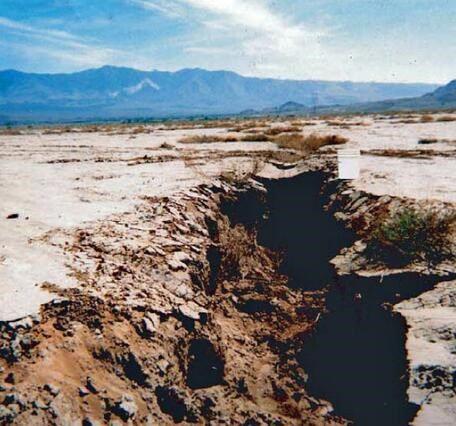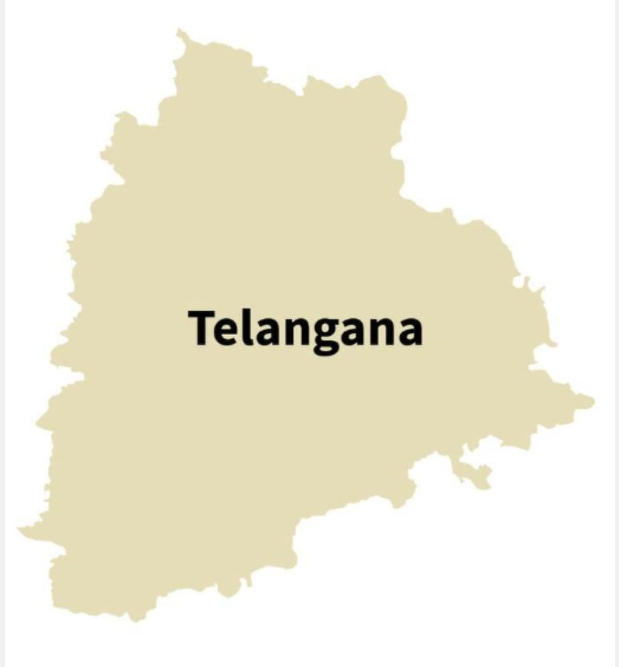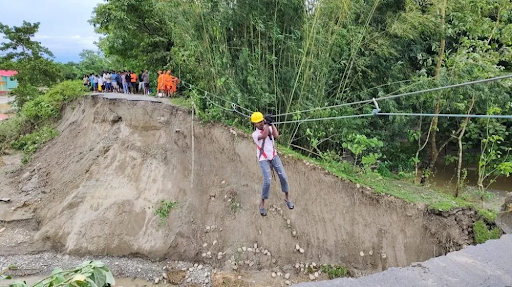





Disclaimer: Copyright infringement not intended.
Context:
What is Land Subsidence?
What can be the reasons behind Joshimath’s subsidence?









© 2025 iasgyan. All right reserved